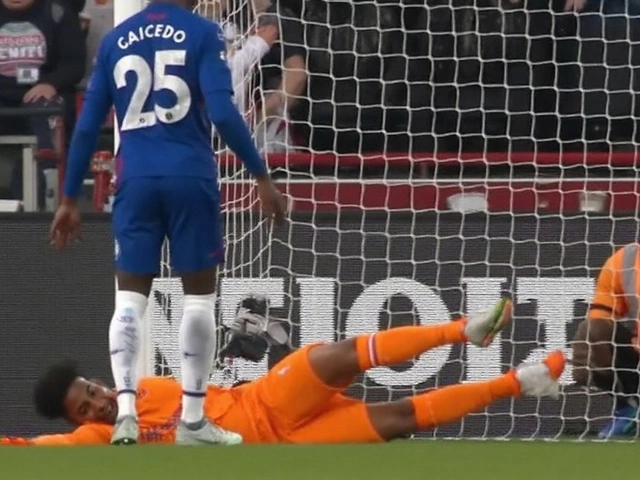Shoes: How to Choose the Best Pair for Running and Cycling
If you’ve ever bought a shoe that felt great in the shop but then gave you blisters on the first ride, you’re not alone. The right shoe can boost performance, protect your feet, and keep you motivated; the wrong one does the opposite. Below you’ll find straight‑forward advice that works for runners and cyclists in the UK, no matter if you train on the flat Thames path or hit the hills of the Lake District.
Fit and Comfort – The Non‑Negotiable Basics
First thing: a shoe must fit your foot, not the other way around. Slip your foot into the shoe with the laces loose, then stand up. You should see a thumb‑width of space between the end of your longest toe and the front of the shoe. If it feels tight, it will cause pressure points; if it’s too loose, your foot will slide and create hot spots.
For cyclists, the heel should stay in place when you push the pedal. If you feel the heel lifting, tighten the straps or consider a shoe with a more secure closure system, such as a BOA dial. For runners, look for a shoe that hugs the midfoot but gives the toes room to splay. A quick test: wiggle your big toe while the shoe is on. If you can’t move it, try a wider model.
Don’t forget socks. A thin, moisture‑wicking sock reduces friction and keeps your feet dry. When you try shoes, wear the same socks you’ll use on your rides or runs. This eliminates surprises later.
Performance and Safety – What to Look For
Running shoes vary by cushioning level, drop, and stability features. If you run on hard pavements around London, a shoe with moderate cushioning protects joints without feeling like you’re on a trampoline. If you’re a trail runner, look for a shoe with aggressive tread and rock plates to guard against sharp objects.
Cycling shoes split into three main types: road (smooth soles), mountain (treaded soles), and indoor/fitness (flat soles). Road shoes with a stiff carbon or nylon sole transfer more power to the crank, meaning you’ll feel faster on long rides. Mountain shoes give you grip when you need to walk on technical sections; they still have a recessed cleat for pedaling.
Another key factor is the cleat system. SPD (2‑bolt) cleats are common for mountain and commuter bikes because they let you walk easily. Look for 3‑bolt (SPD‑Swiss) if you ride a road bike; they line up with the bike’s drivetrain for smoother power transfer.
Durability matters too. Check the outsole material. Rubber with a carbon rubber blend lasts longer on rough roads, while a thin carbon sole on a road shoe will eventually wear out under heavy use. In the UK, wet conditions are frequent, so a shoe with good water resistance—either a waterproof membrane or sealed seams—keeps your feet comfortable on rainy rides.
Finally, test the shoes with your own gear. Clip into your pedals, take a short spin, and notice any heel lift or toe drag. If you’re buying online, make sure the retailer offers a hassle‑free return policy; you’ll want to try them on at home.
Choosing the right shoes doesn’t have to be a gamble. Measure your foot, consider the terrain, pick the appropriate closure and cleat system, and you’ll feel the difference immediately. With the right pair, you’ll run farther, ride smoother, and stay injury‑free – all while enjoying your sport more.



